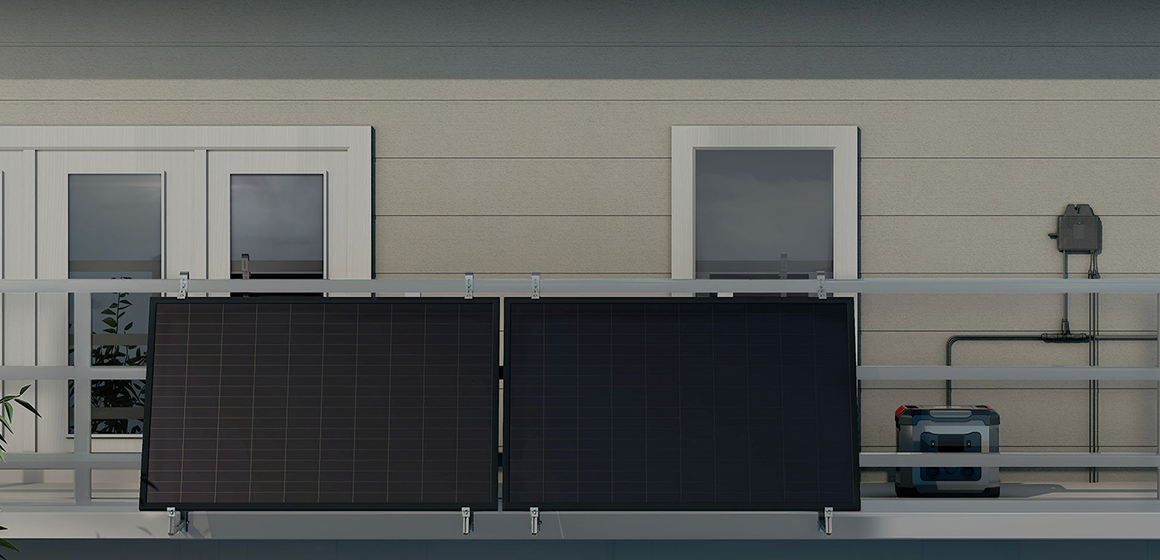Industrial manufacturing processes have traditionally relied on non-renewable energy sources such as coal, oil, and natural gas. However, with the growing awareness of environmental sustainability and the increasing efficiency and affordability of solar power technology, there is a significant shift towards integrating solar power into industrial manufacturing operations.

Benefits of Solar Power in Industrial Manufacturing
The adoption of solar power in industrial manufacturing offers a multitude of benefits. Firstly, it reduces the carbon footprint of industrial operations, contributing to global efforts to combat climate change. Additionally, solar power provides a reliable and stable source of energy, reducing the vulnerability of industrial facilities to energy supply disruptions. Moreover, the use of solar power can lead to significant cost savings in the long run, as it mitigates the impact of fluctuating energy prices.
Integration of Solar Power in Manufacturing Processes
One of the key areas where solar power is being integrated into industrial manufacturing is in the generation of electricity for powering machinery and equipment. By installing solar panels on rooftops or open land adjacent to manufacturing facilities, companies can harness the abundant energy from the sun to meet their power needs. Furthermore, solar thermal technology is being utilized to provide heat for industrial processes, such as drying, heating, and cooling, thereby reducing the reliance on fossil fuels.
Technological Advancements and Innovations
The rapid advancements in solar power technology have paved the way for innovative solutions tailored to the specific requirements of industrial manufacturing. For instance, the development of high-efficiency solar panels and energy storage systems has enhanced the reliability and effectiveness of solar power integration in industrial settings. Moreover, the use of smart grid technology and predictive analytics enables industrial facilities to optimize their energy usage and maximize the benefits of solar power.
As the demand for sustainable energy solutions continues to grow, the potential of solar power in industrial manufacturing is poised to expand even further. The integration of solar power not only aligns with environmental stewardship but also presents a compelling business case for industrial companies seeking to enhance their operational resilience and cost competitiveness.






